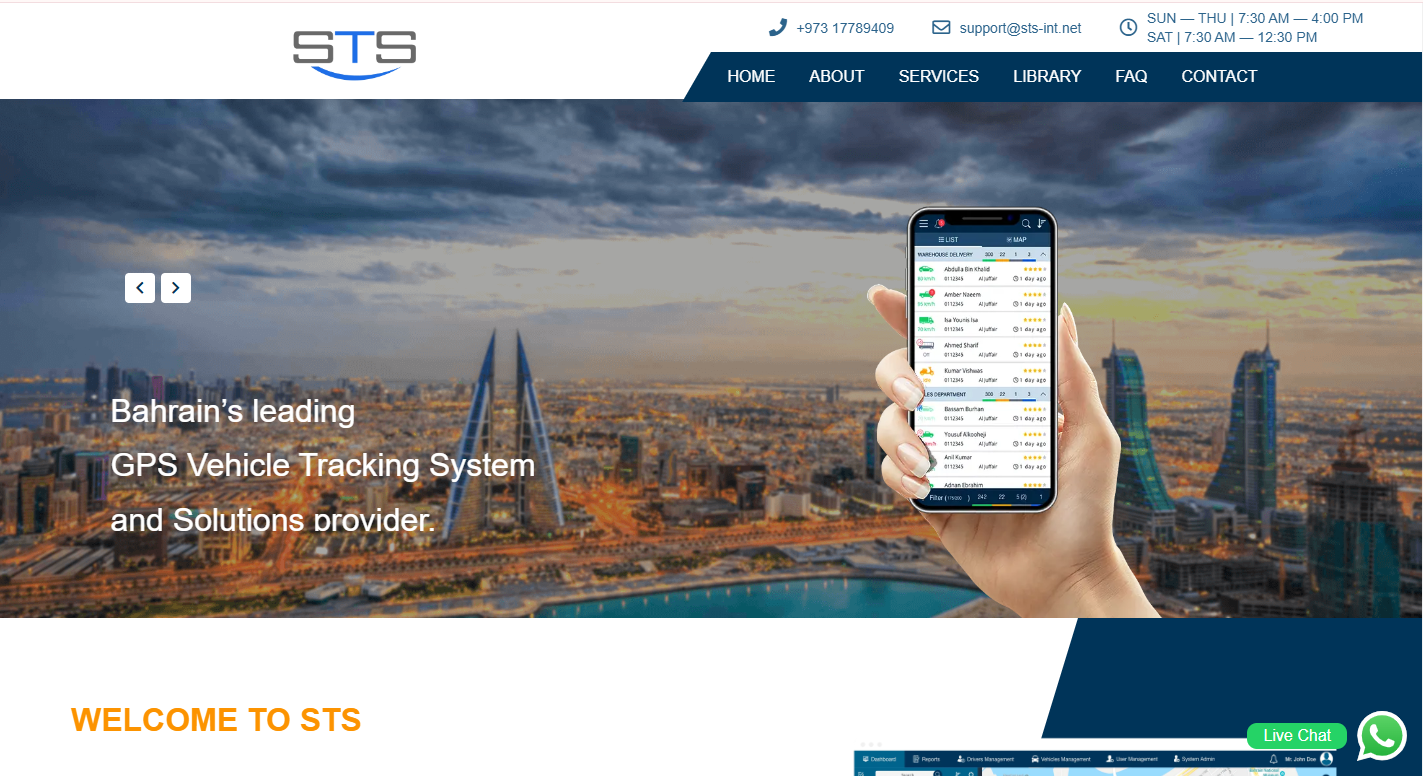Automating Smarttrack Application for STS
Among the many companies that offer tracking solutions, Smart Tracking Systems was one of the leading providers. However, the system faced multiple delays and frequent failures as a result of manual processes and a high rate of errors and downtime during maintenance or testing. Therefore, the scope of work included automated maintenance, testing, and deployment processes to reduce downtime and eliminate the possibility of errors in the system. Additionally, several components of the Smarttrack Application were based on outdated technology. Thus, the modules required authorization to modern architecture to avoid decay. The objective was to improve the system’s stability and performance without compromising existing functionality.

Key Challanges
 Manual Maintenance and Deployment
Manual Maintenance and Deployment Legacy Technology
Legacy Technology Complex Reports
Complex ReportsProject Scope and Objective
STS sought to achieve the following:
Migration Plan:
Create a migration plan to seamlessly move legacy modules to a new environment. This required analyzing the current architecture, identifying discontinued solutions and tools, and outlining the steps to move to more modern technologies.
Report Redevelopment:
Redesign Smart track reports to enhance performance and accuracy. This task was performed by cooperating with STS stakeholders to understand their reporting needs and introduce data processing best practices.
Automate Maintenance and Deployment:
Automate the process to reduce the need for human intervention and limit unnecessary errors.
Implementation and Outcomes:
As a result of the completed automation and migration, the following improvements applied to STS were recorded.
Reduced Downtime:
Migrating to an automated process decreased deployment time and limited the number of failed transactions, allowing the system to be up and running more.
Enhanced Scalability:
The migration made it easier for STS to scale the system and support its growth. Improved Report Accuracy New Smart track reports ensured accuracy in data processing and mistake-preventive measures.
Increased Productivity:
Automation helped STS to optimize the workflow. Consequently, the firm became more productive while performing routine work. Saving time and other resources made it possible to discover new ideas and projects and implement them. Taking into account these innovation efforts, the customer satisfaction rate was high.
Project Approach
Automating Smart track Application for STS
Analysis and Planning:
The first step includes collaboration with stakeholders to understand the challenges and specific requirements. It will be followed by assessing existing architecture, including outdated technologies, and an outline of the roadmap for automation, migration, and reporting improvements.
Automation Design:
Create workflows to automate the maintenance process and deployment to reduce the level of human error.
Migration Planning:
Develop the plan for migration, focusing on the gradual transition of modules, the compatibility of the new and old components, and the minimization of downtime.
Reporting Framework:
Design redesign the existing reporting modules to ensure that they are aligned with the best market practices; the new framework will have improved performance and accuracy.
Implementation:
Develop and implement automated workflows as per the design and conduct rigorous testing.
Migration:
Implement the migration plan defined earlier, which will involve moving the models to the modern architecture.
Report Redevelopment:
Develop and implement new reporting modules to ensure their improved accuracy and alignment operations.
Reporting Framework:
Design redesign the existing reporting modules to ensure that they are aligned with the best market practices; the new framework will have improved performance and accuracy.
Monitoring and Optimization:
Monitor performance to understand improvement impacts and collect stakeholder feedback. Optimization Based on data, refine modules and workflows to improve automation and reporting.
Conclusion:
The staked challenges were efficiently and effectively covered in the case project through implementing automation and updating the existing legacy technology. The presented case study helps understand how automated processes and updated architecture can help increase the systems’ accuracy and performance. STS can continue delivering top-quality services in tracking and have room for further growth and change with these reforms.